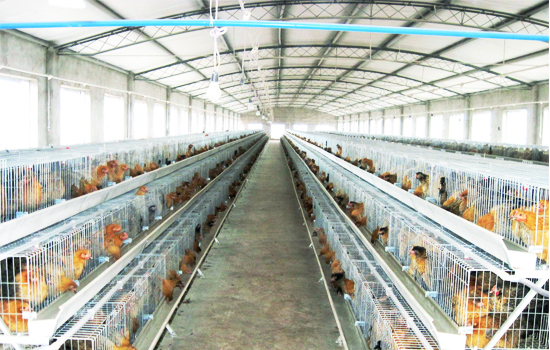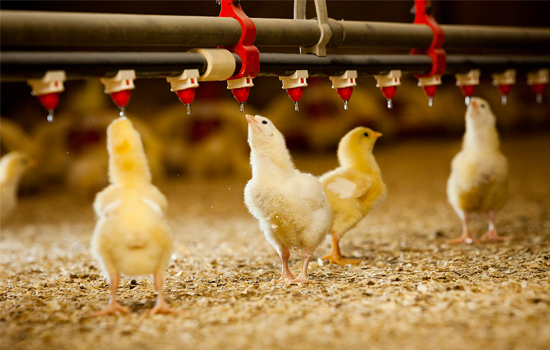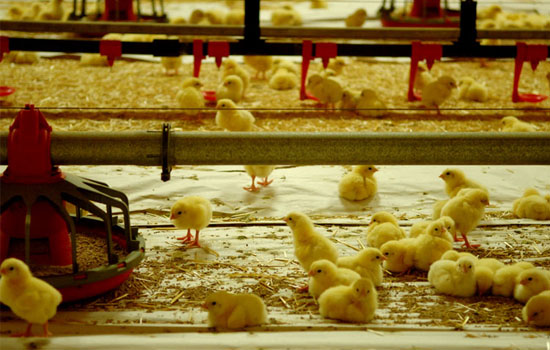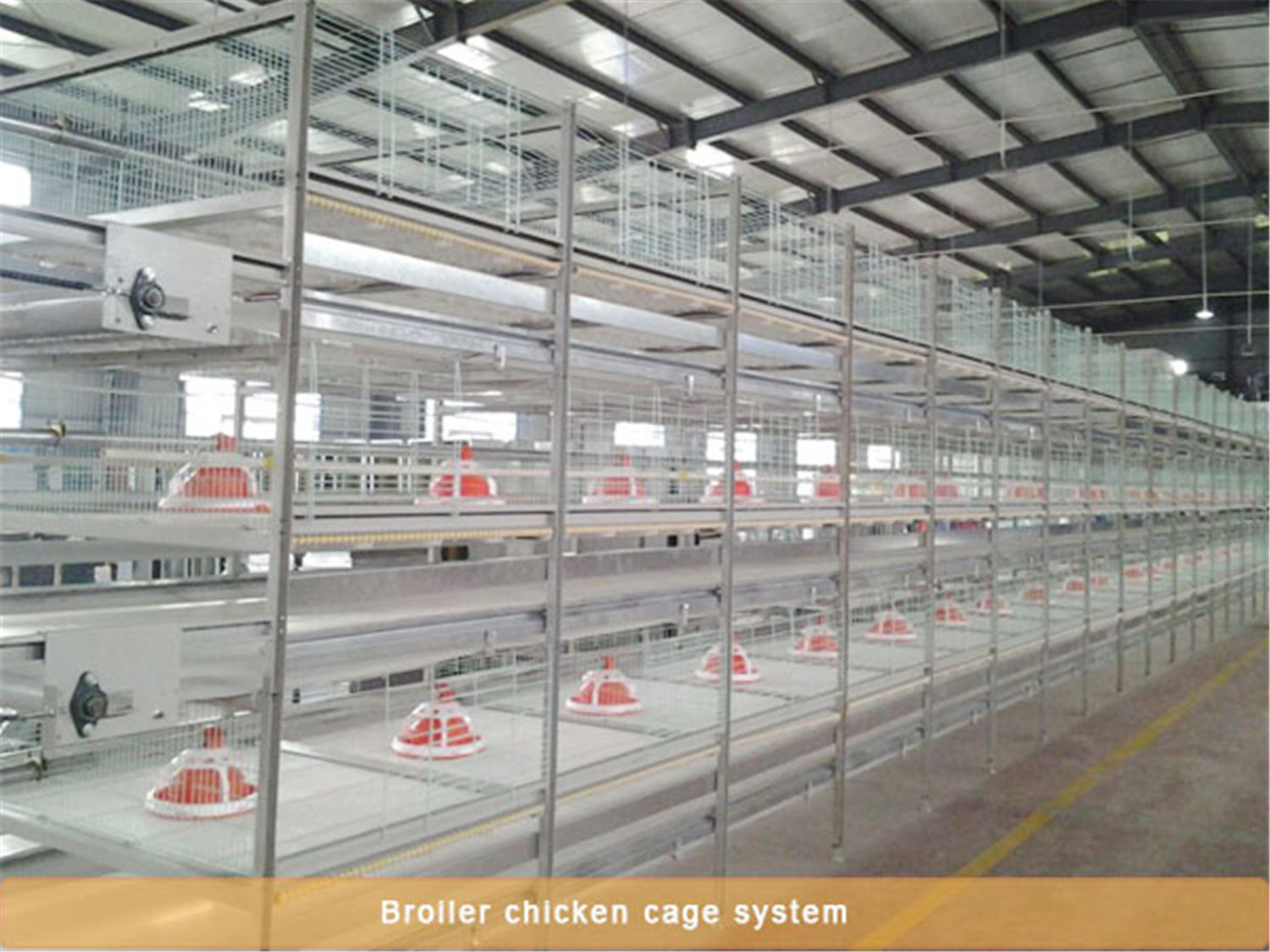Describe the poultry farm equipment and its working process
- Published in Tips for Chicken Breeding
Do you know the work flow of using the battery layer chicken cages and its additional equipment in the hen house?
1. Feed tank trucks for laying hen breeding equipment, send feed to the feed storage tower outside the chicken house on time. Then, the lateral feeding device sends the feed in the feed tower to the feeding hopper of each row of cages according to the set time.
2. After the last driving hopper is full of feed, the horizontal feeding device automatically stops feeding. The feeding carriage runs backward according to the set time. When it reaches the end of each row of cages, the carriage stops automatically. During operation, the hopper on each floor of the truck corresponds to a hopper, which can evenly feed the feed in the hopper, and each chicken can freely eat fresh feed.

3. After the chickens have eaten the feed in the trough, the feeding carriage will automatically run to the front of the cage, and then stop automatically at the position of the head rack. During the operation, the truck once again dropped the feed evenly in the trough. This process completed a feeding procedure. The number of feeds per day depends on the craft of each farm. The water supply line of the layered layer chicken cages is set in the middle of the top of each layer of chicken cages, and two nipples are set in each cage for the chickens on the left and right sides to drink water. A V-shaped sink is set up below to catch the water splashed by the chicken when drinking, and then evaporate naturally. The splash will not fall into the chicken dung, which makes the chicken dung drier.
4. A filter, a smart water meter, a dosing device and a decompression regulator are set at the front end of each water line. Through the digital information of the smart water meter, you can understand the daily drinking water of the flocks. The working process of the laying hen breeding equipment can also determine the health status of the flocks.
The above is what the author tells you. The basic process when using layer chicken cages to raise chickens in South Africa, I believe everyone has a basic concept of raising chickens. If there are other problems, farmers can consult the technical staff of the poultry farming equipment wholesaler.






